[ad_1]
Spherical 70% of deaths in Pacific Island worldwide locations are attributable to diabetes, coronary coronary coronary heart illness, hypertension and most cancers.
We wished to know whether or not or not or not it’s attainable to cut once more the alarming charges of those non-communicable diseases in these worldwide locations, and Pacific atolls notably, whereas enhancing meals plan safety and earnings. So we began a endeavor with the purpose of diversifying meals crop manufacturing, together with nutritious leafy greens, on outer island atolls of Kiribati and Tuvalu.
Nonetheless our work all through the area had began a lot earlier. In a 2013 have a look at all through the south-west Pacific, we had acknowledged most probably in all probability probably the most nutritious tropical leafy greens that had been native to the world.
We collected leaf samples from the an equivalent species rising at completely completely completely different areas on completely completely completely different soils, together with completely completely completely different species rising inside the an equivalent location. The leaves had been analysed for mineral dietary nutritional vitamins and carotenoids, equivalent to beta-carotene (pro-vitamin A).
This type of analysis is known as a GxE have a look at; it separates the implications of setting (largely soil selection) and genetics (plant species) on the mineral and carotenoid ranges.
Nature’s delights
In our present have a look at, we have now discovered nearly all of those nutritious leafy greens already rising in gardens and hedges on the atolls of Kiribati and Tuvalu. We solely had so as in order so as to add one completely different two.
Our most atoll-friendly leafy greens are Chaya (Cnidoscolus aconitifolius), drumstick (Moringa oleifera), Ofenga (Pseuderanthemum whartonianum), hedge panax (Polyscias fruticosa), amaranth (Amaranthus spp), kangkong (Ipomoea aquatic) and seaside cowpea (Vigna marina).
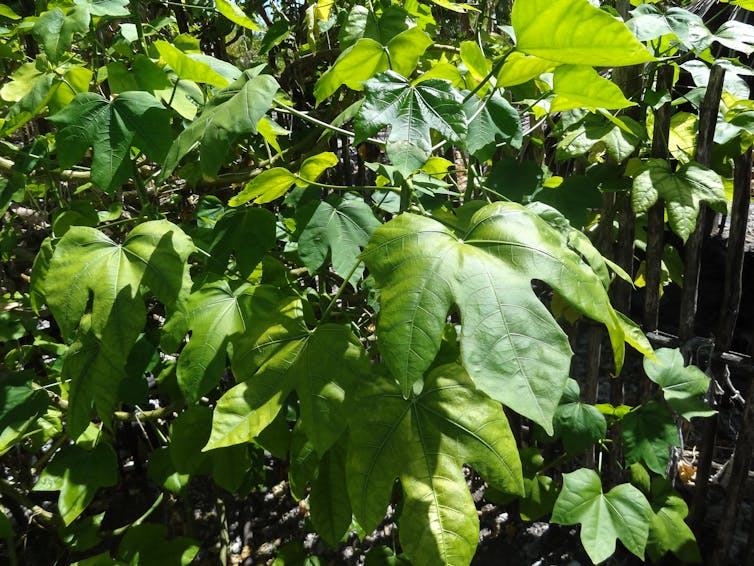
Graham Lyons, Writer geared up
There’s little consciousness of the dietary worth of those crops in Pacific Island worldwide locations – or completely completely different elements of the world typically for that matter. Drumstick, as an illustration, is excessive in protein, beta-carotene (pro-vitamin A), sulphur and selenium.
Hedge panax is excessive in zinc and will enhance lactation. Ofenga, which is an anti-inflammatory, is excessive in magnesium. And seaside cowpea is a legume, capable of extract nitrogen from air and make it obtainable for varied crops. It’s thus excessive in protein, together with iron.
These crops are easy to develop and put collectively. Merely chop up, steam or boil for quarter-hour, then add coconut cream and put collectively dinner for a further quarter-hour. Furthermore they occur to trend good.
Attributable to misinformation unfold by a neighborhood physician, many individuals in Kiribati thought that chaya precipitated hepatitis. Nonetheless the reverse is true; when steamed or boiled for a couple of minutes the plant protects the liver from hurt by toxins. It is typically excessive in high quality protein.
Rising consciousness of the dietary worth of those leafy greens is thus a key operate of our endeavor. Actions with colleges, church buildings and group teams is fixed, together with current of seeds and completely completely different planting provides.
Tackling diabetes with meals gardens
To return to our preliminary operate of decreasing non-communicable diseases, chaya, drumstick, ofenga and amaranth might reduce diabetes hazard. Diabetes could, the fact is, be overwhelmed with an improved, sustainable meals system that gives additional of those nutritious meals.

Graham Lyons, Writer geared up
And, in reality, fewer refined flour merchandise, sugar, polished rice and fatty animal meals. Rising meals regionally to bolster meals plan might reduce commerce deficits incurred by importing meals all through the Pacific.
In Kiribati and Tuvalu, imported meals incorporates about 65% of the meals consumed. In Tuvalu, imported rice, frozen hen, biscuits, bread, butter, corned beef and flour comprise 61% of meals expenditure.
And the way in which through which bigger to develop these crops than with typical huge swamp taro pits? These have been traditionally dug by hand all the way in which through which all the way in which right down to the water desk. Nonetheless many pits are actually uncared for even if they supply a strong connection to each customized and underground water.
Adapting to this pit system of typical gardening, the endeavor workforce proposed that kangkong be grown all through the water alongside the swamp taro, whereas the opposite crops are grown on terraces forming the pit partitions. Drumstick, ofenga, hedge panax and seaside cowpea could very nicely be planted all through the pit at floor stage.
Completely completely different crops, equivalent to bananas, pawpaw, candy potato and annual greens could even be included. This “mini meals system” can, as rapidly as established, present practically full meals plan for a household.
The house required for all of this may be as little as 100 m² or as massive as 0.3 hectares. This a lot gardening space is usually obtainable to households on the focused atolls.
Creating productive atoll soils
The primary draw back is that atoll soils are common nearly utterly from coral (calcium carbonate with some magnesium). They’re sandy with no clay, so water runs straight by way of them, and droughts on this a part of the world are frequent.
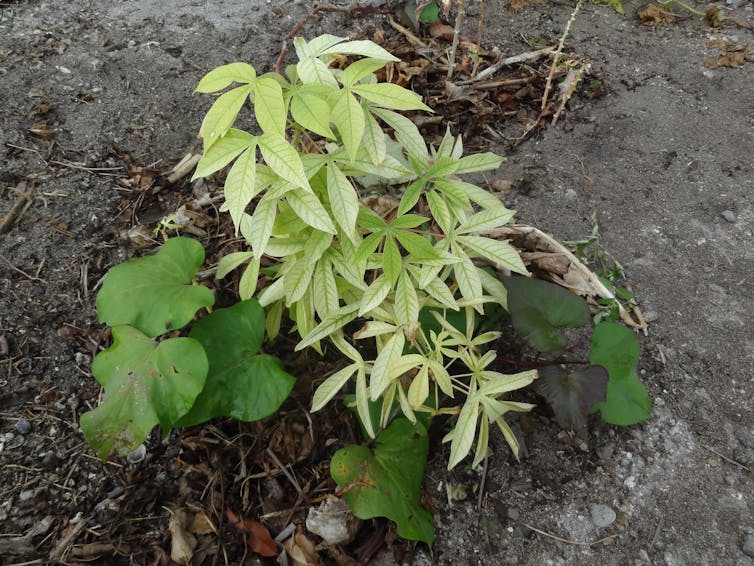
Graham Lyons, Writer geared up
The soil is usually salty, terribly alkaline and low in dietary nutritional vitamins, equivalent to potassium, iron and manganese, which is perhaps wished by crops. Atoll crops, then, ought to tolerate drought, salt and alkalinity.
Inorganic fertilisers and chemical pesticides are banned on some atolls as they could pollute underground water. Historically, soil fertility for rising crops, equivalent to swamp taro, has been improved by along with compost. Aside from offering the required dietary nutritional vitamins, this buffers in opposition to drought, salinity and excessive soil pH.
Nonetheless comparatively than merely making compost with regardless of provides is obtainable, we determined to take an extra scientific and focused method. We’re evaluating the nutrient content material materials supplies of leaves from atoll plant species and completely completely different supplies, equivalent to ash from cooking fires and fish by-products, to hunt out the right combine.
Nutrient deficiencies is also decided from a soil confirm and to revive these, acceptable leaves and completely completely different supplies are added to the compost. To correct for low ranges of iron all through the soil, as an illustration, dietary dietary dietary supplements of ash, lagoon algae and crops that accumulate iron, equivalent to seaside cowpea and chaya, is also included all through the compost combine.
Potassium is normally required by crops in massive parts. Luckily, ash accommodates excessive ranges of potassium, as do coconut shells and husks, which is perhaps usually utilized in cooking fires. One completely different excellent present of potassium is the seaweed genus Kappaphycus.
Enhancing soil correctly being and rising and consuming nutritious crops on these remoted atolls will result in improved weight discount program, meals plan and correctly being. Our method might enhance rural employment and earnings and the resilience of atoll meals methods to native local weather change and native households to cost rises of imported meals. And all of this may assist strengthen meals plan safety on atolls.
[ad_2]
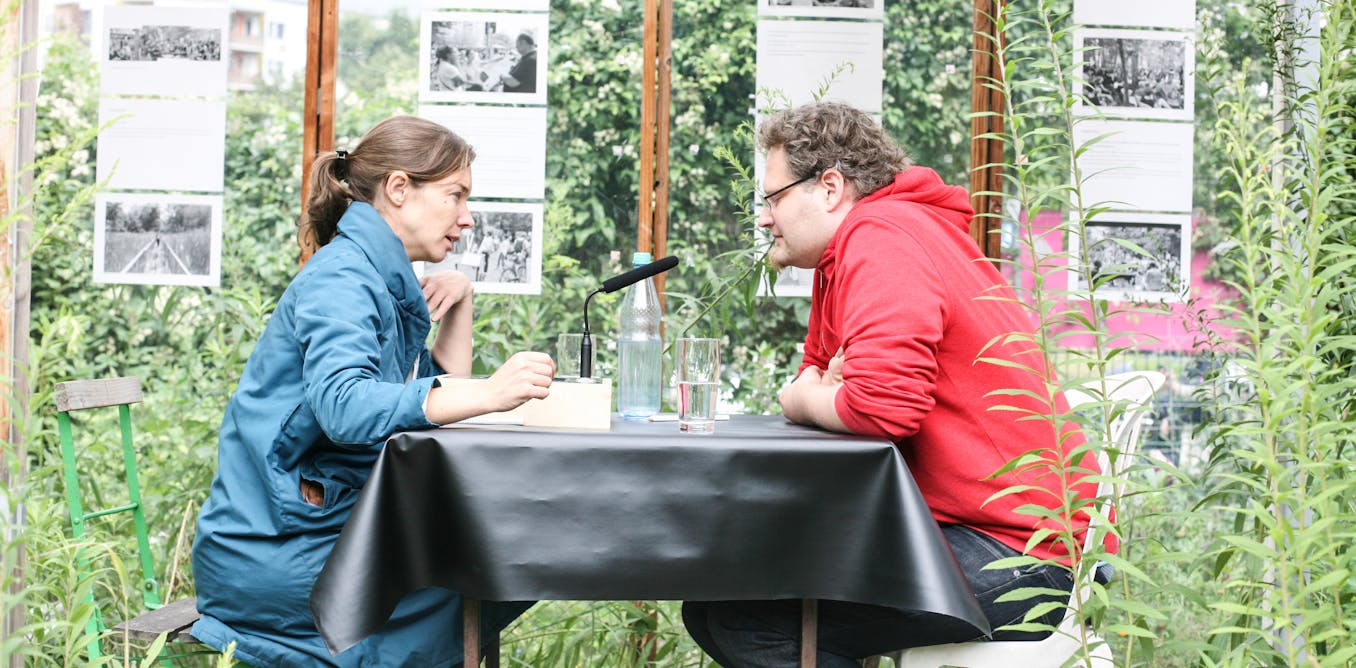
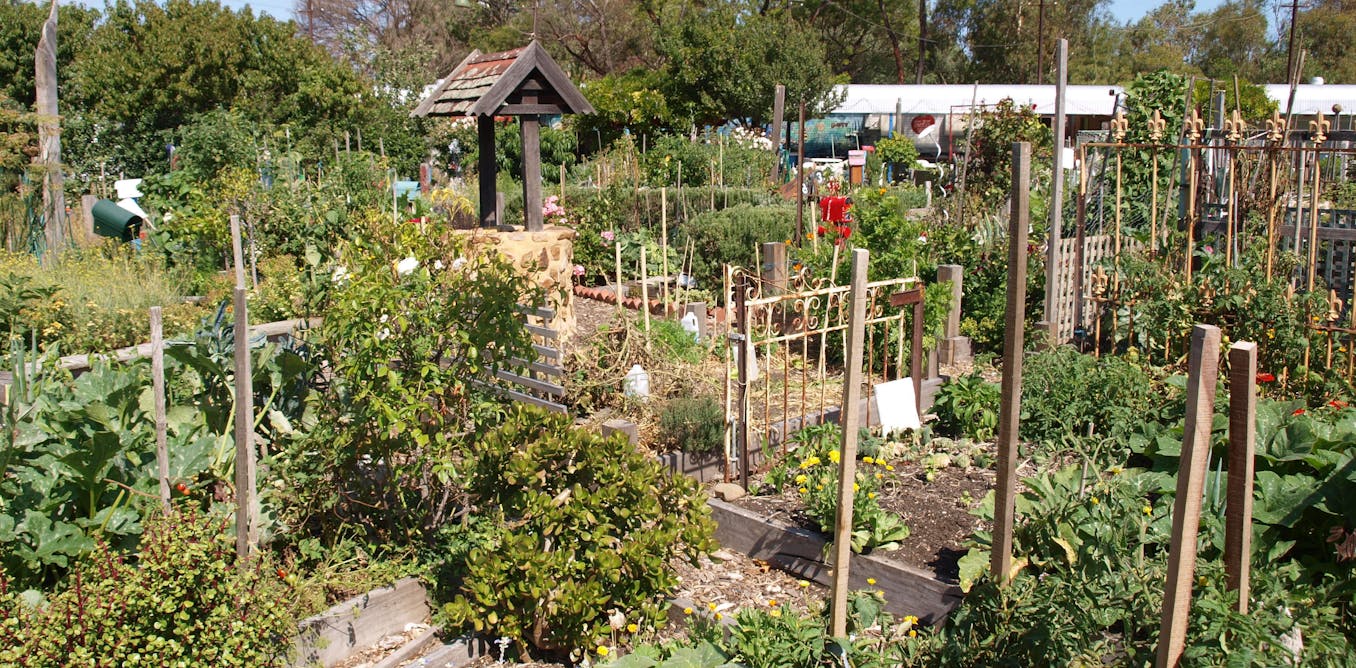
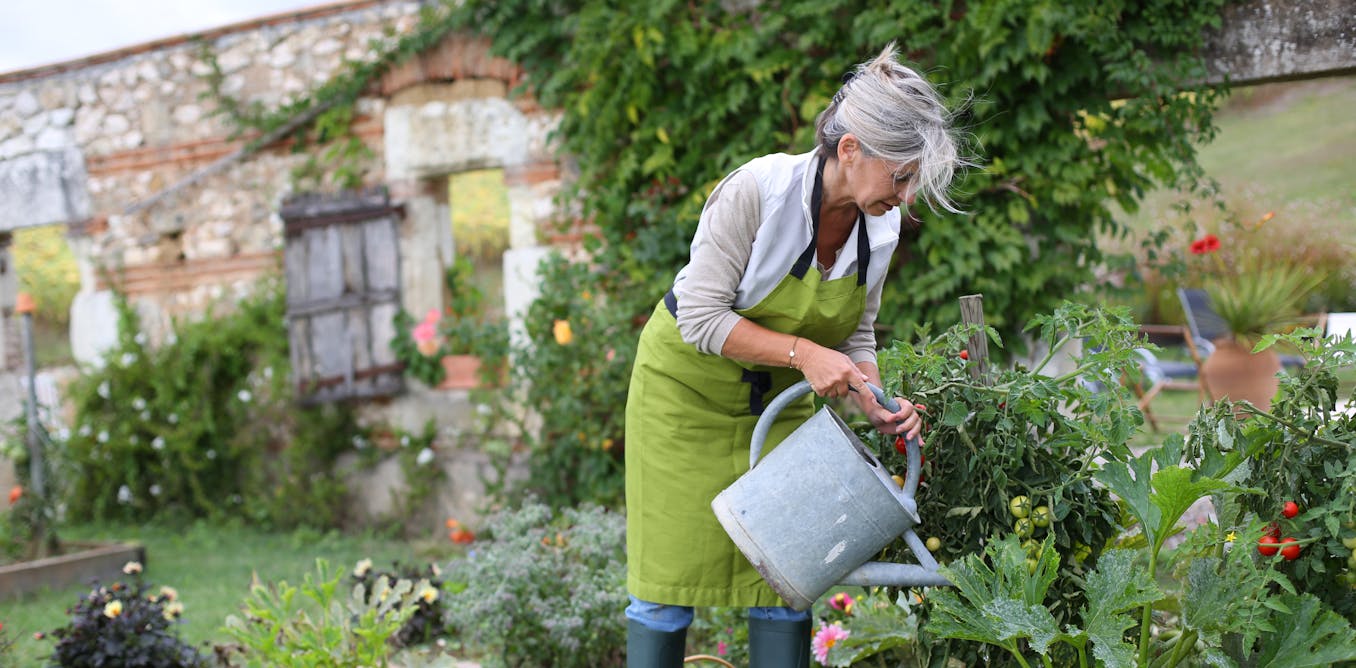
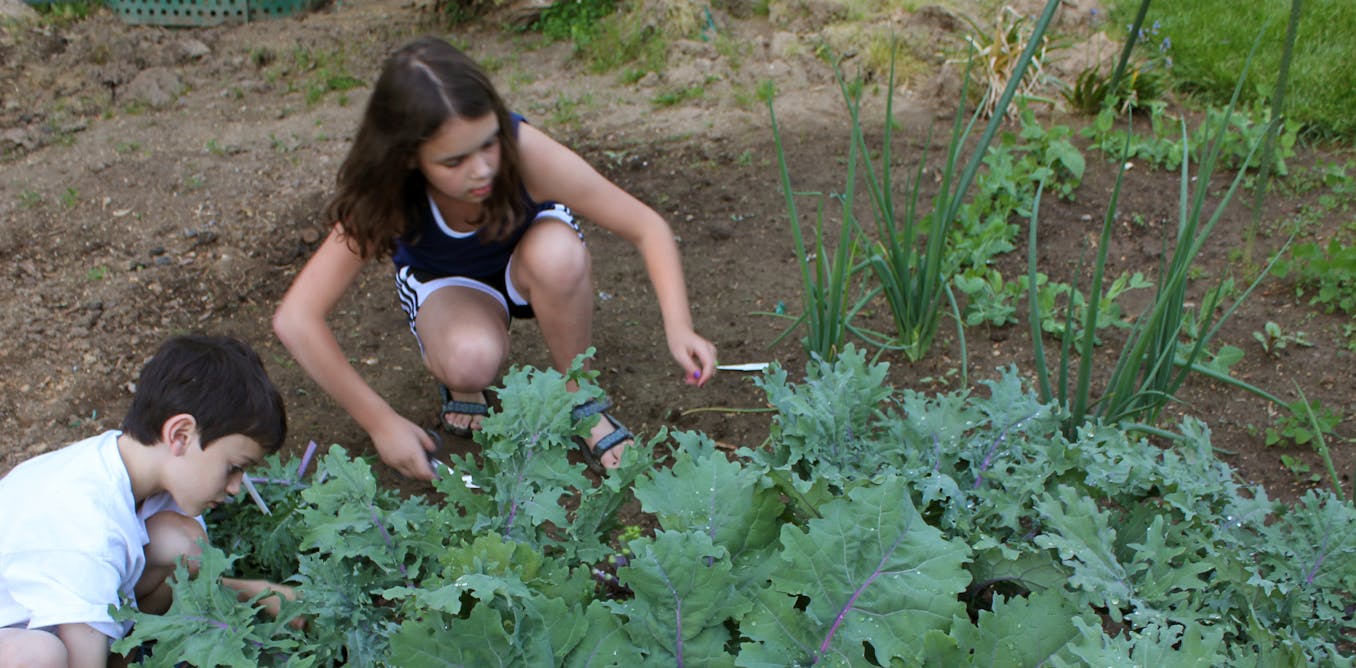
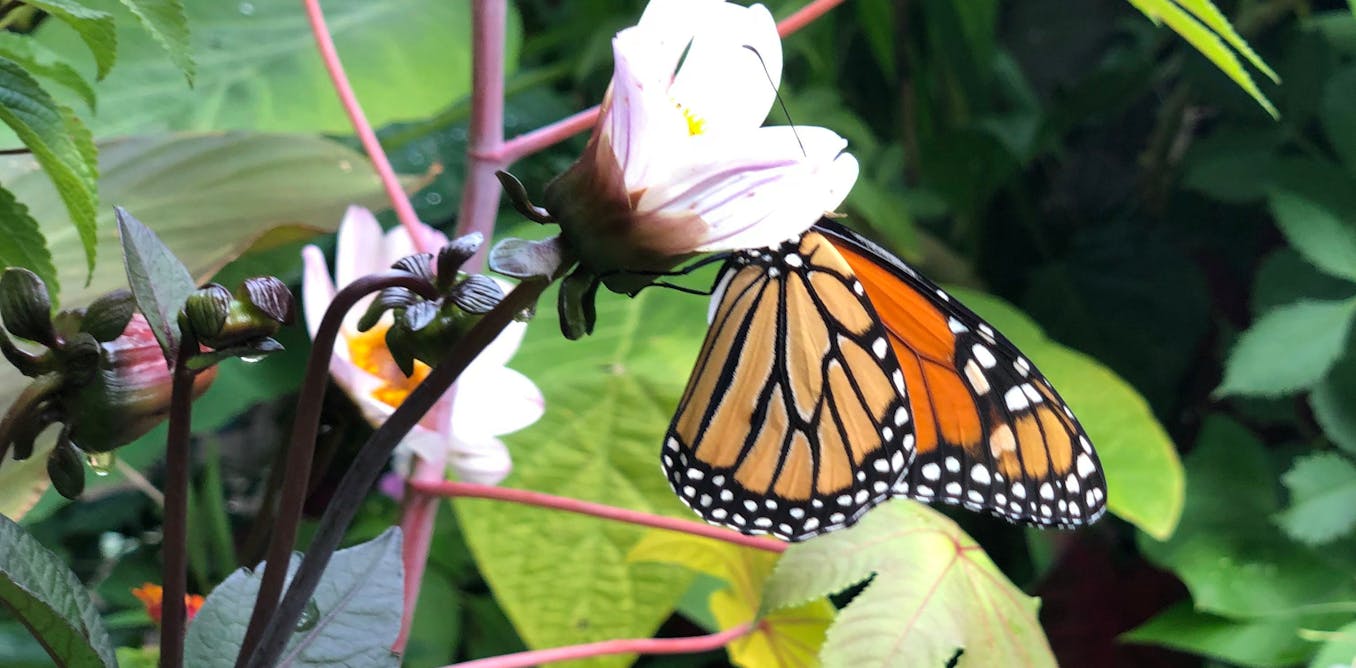


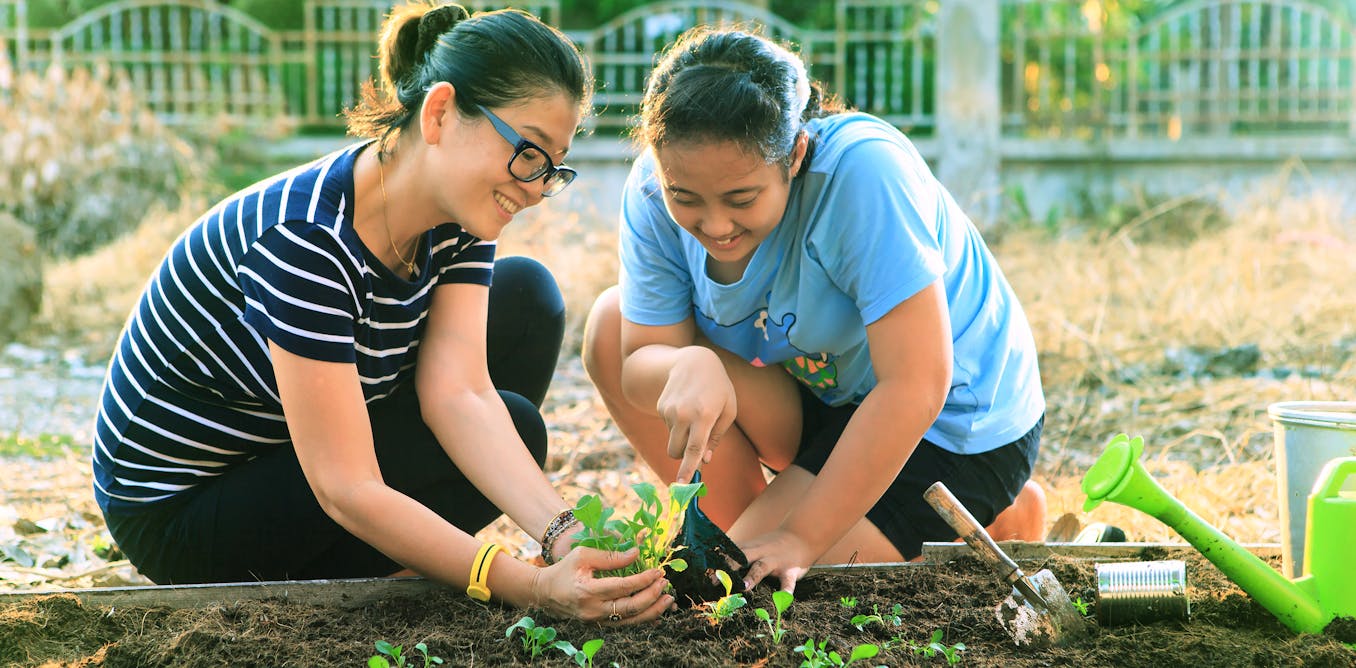

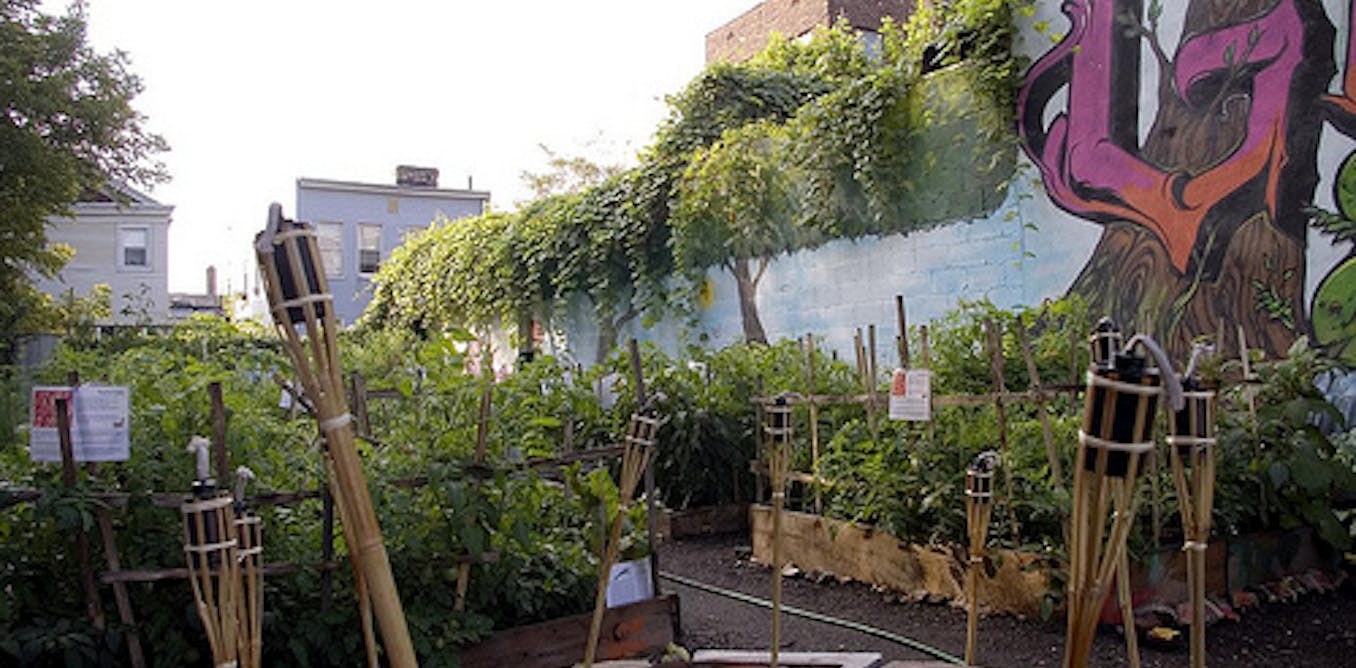
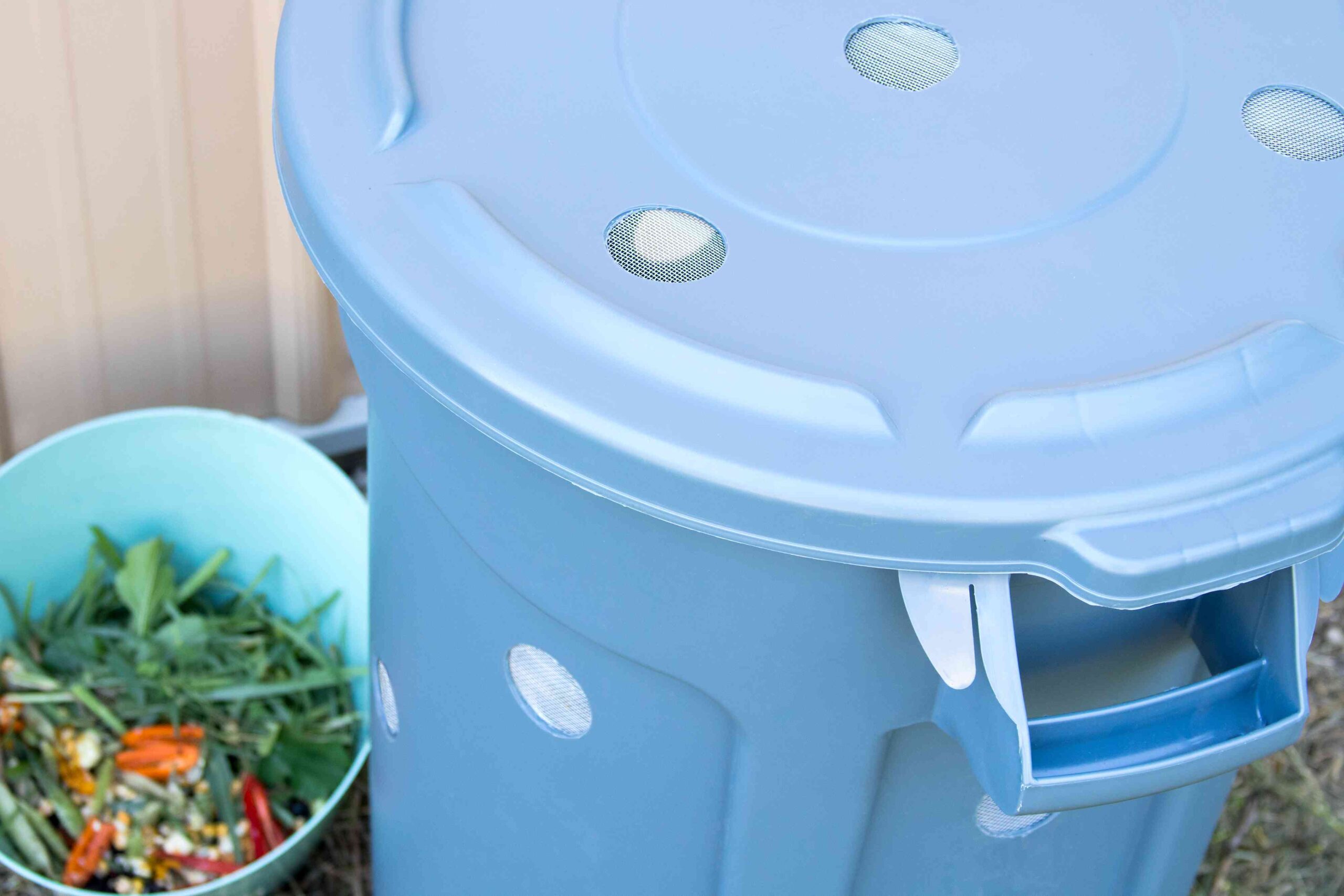
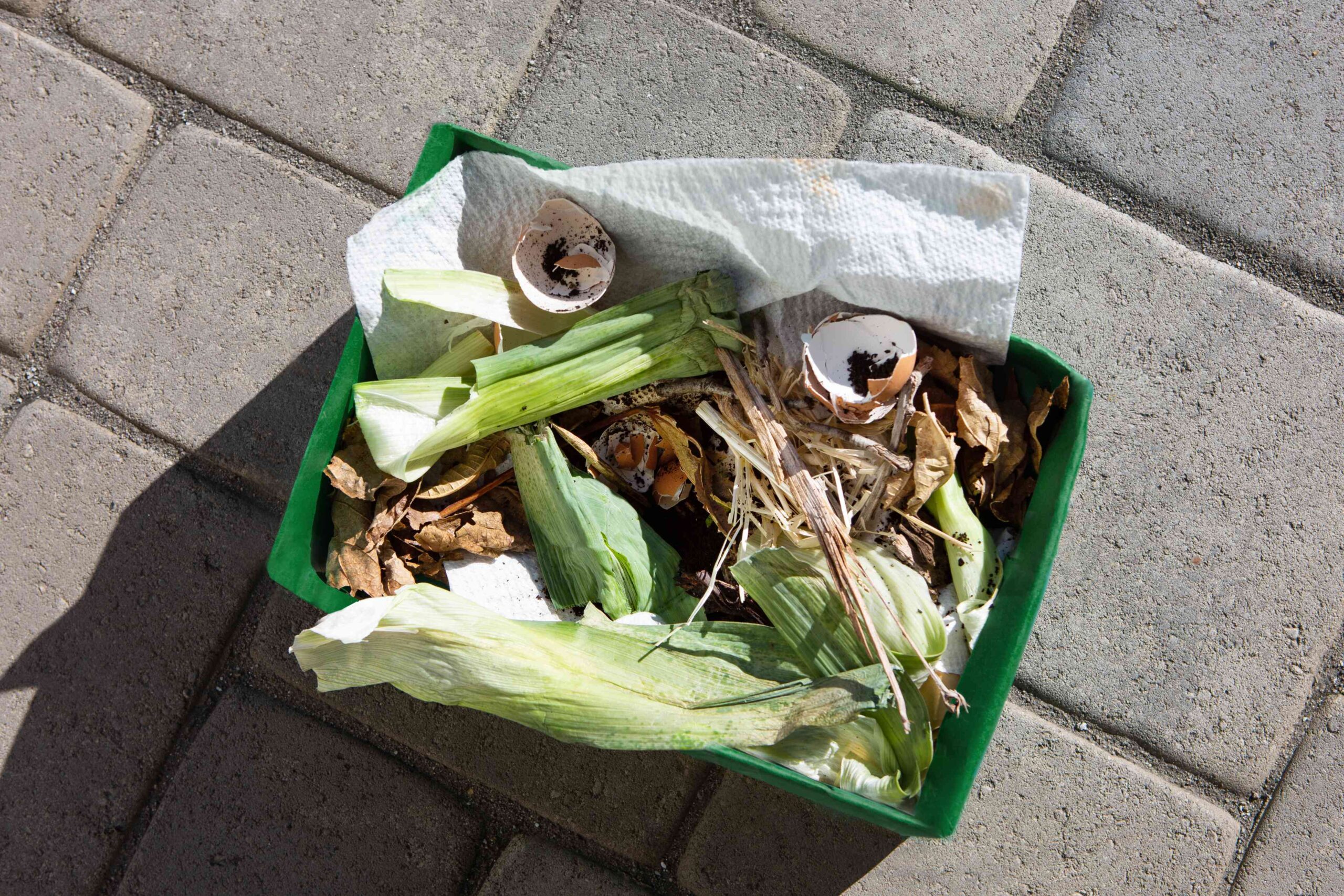
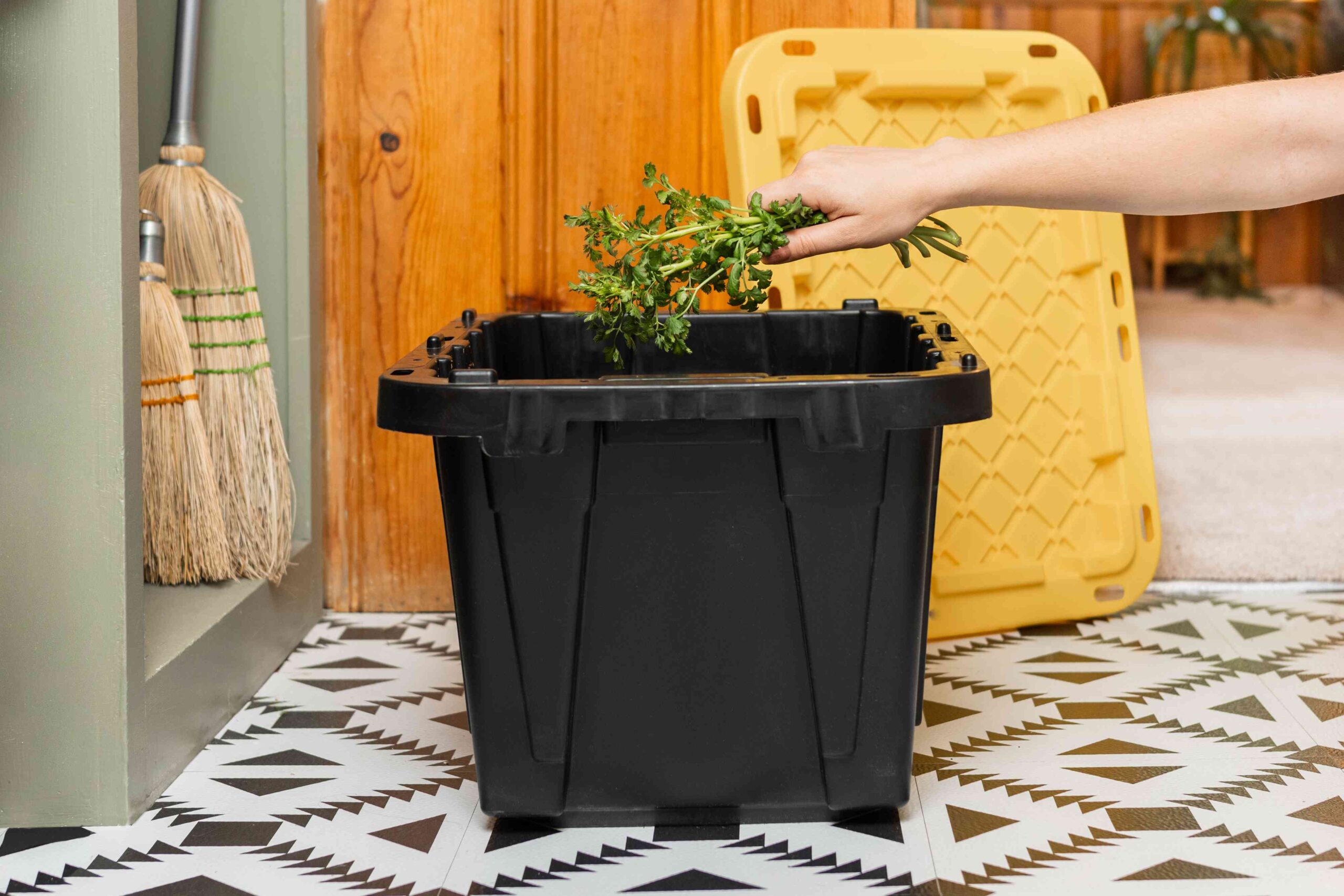
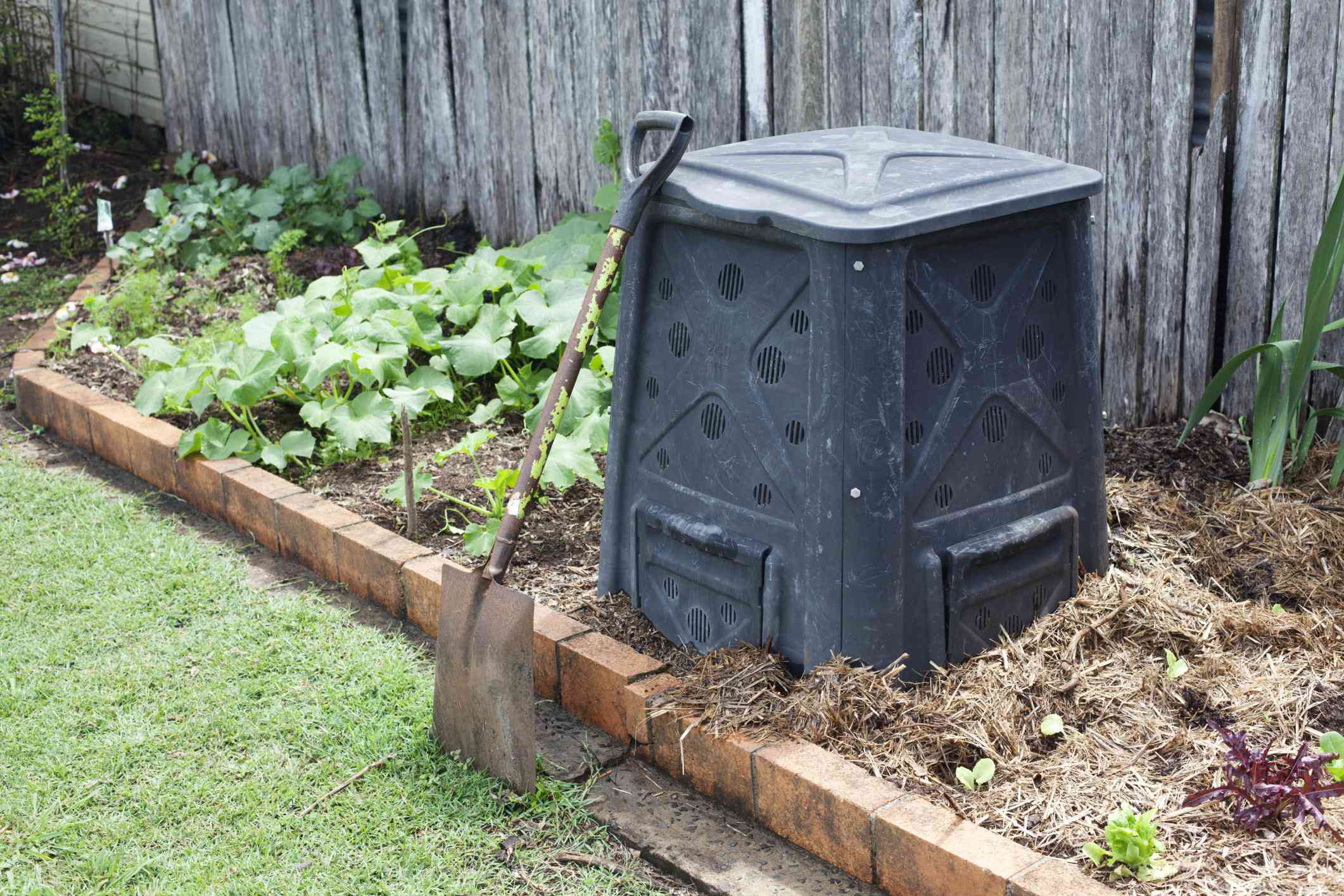
Leave a Reply